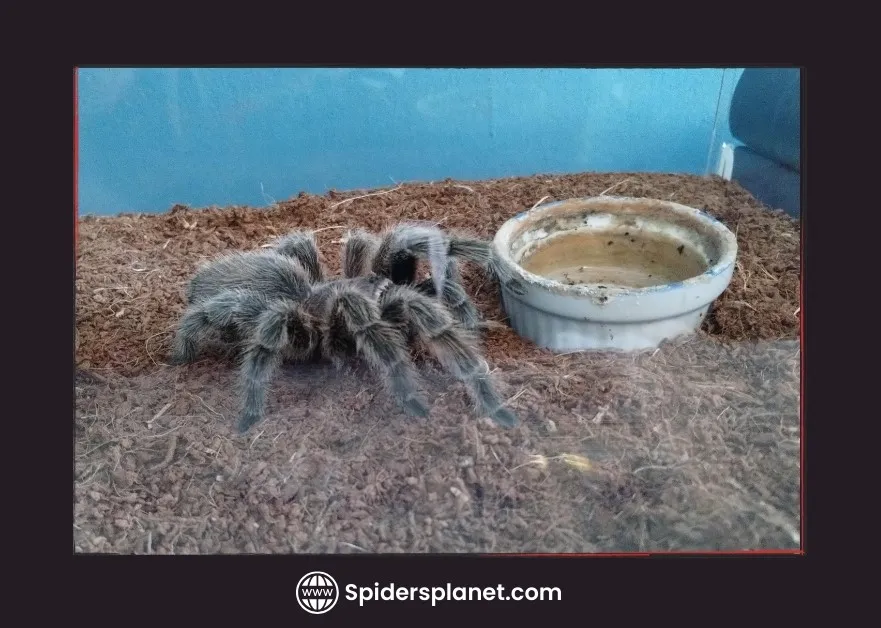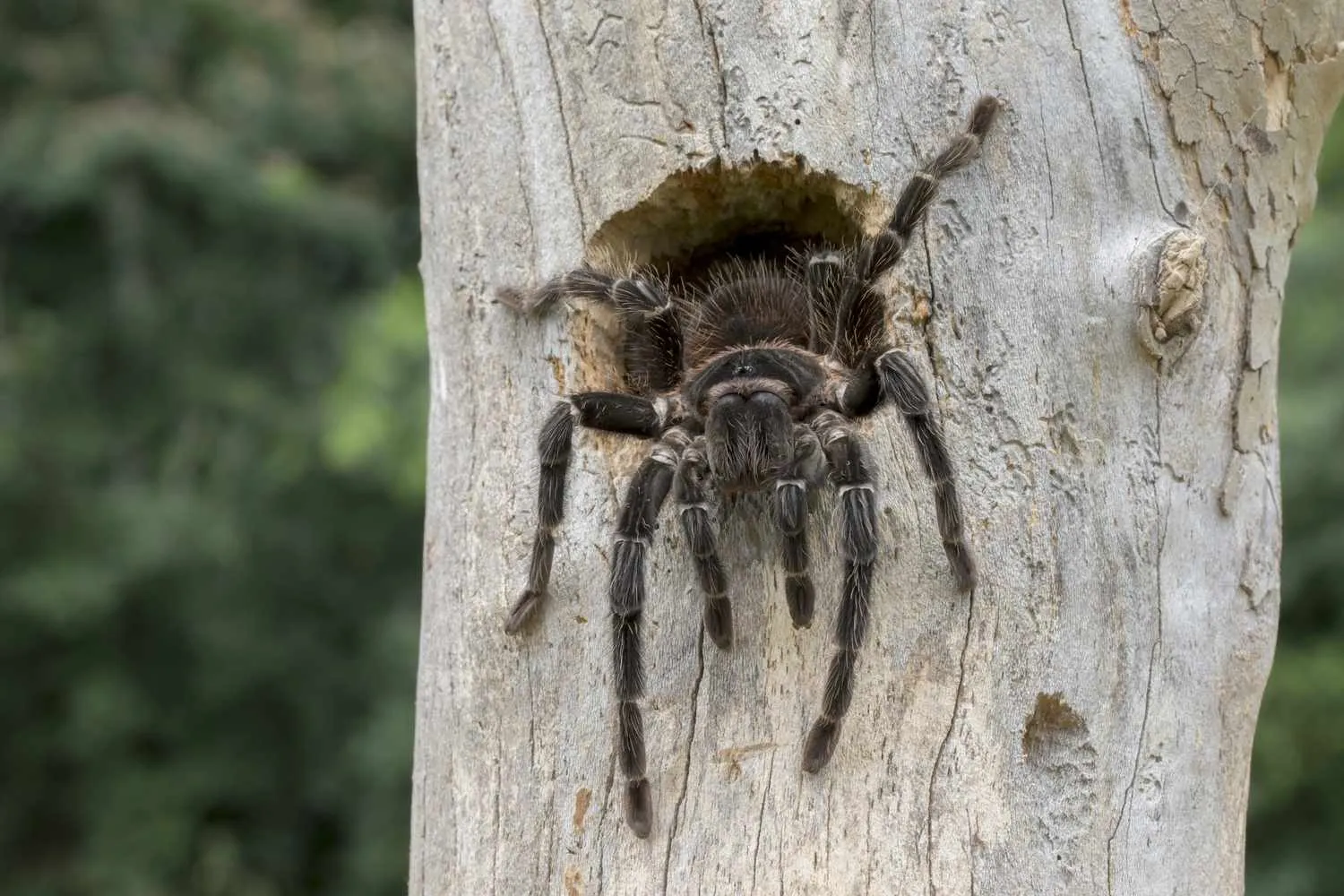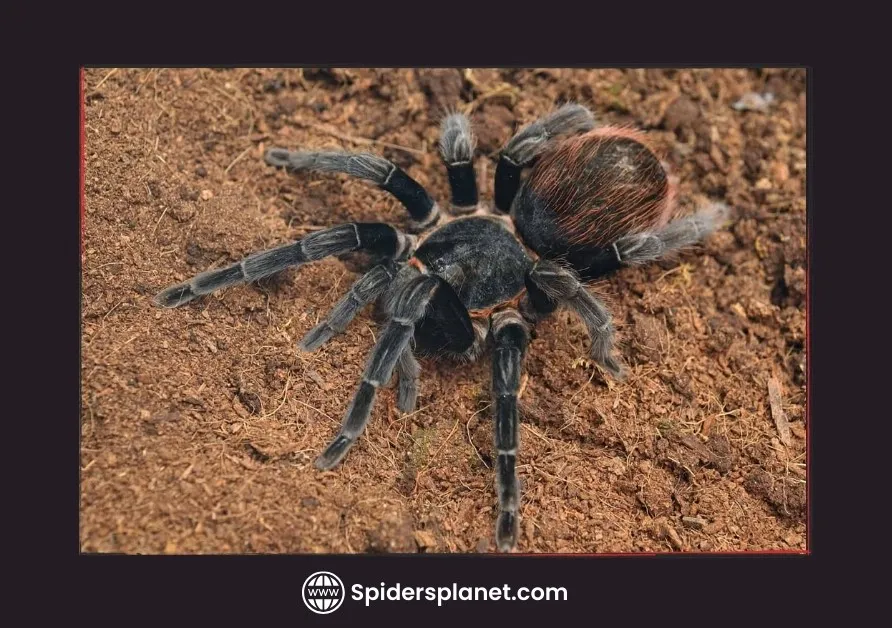What Do Tarantulas Eat
Tarantulas, with their captivating appearance and intriguing behaviors, are popular pets for many enthusiasts. Understanding their diet is crucial for ensuring their health and longevity. Unlike mammals, tarantulas have a relatively simple diet, primarily consisting of live prey. Their feeding habits are fascinating, involving a combination of hunting instincts and a unique digestive process. The tarantula’s diet varies based on its size, age, and the availability of prey in its natural habitat. Captive tarantulas, on the other hand, require a carefully planned diet to meet their nutritional needs. This guide delves into the specifics of what tarantulas eat, providing insights into their feeding behaviors and practical tips for their care.
Insects as a Staple
Insects form the cornerstone of a tarantula’s diet, providing essential nutrients for growth, molting, and overall health. In the wild, tarantulas are opportunistic predators, consuming whatever insects are available. In captivity, the choice of insects plays a vital role in a tarantula’s well-being. The nutritional value of insects varies; therefore, a diverse selection is essential. The size of the insects must match the size of the tarantula, ensuring easy capture and consumption. Overfeeding should be avoided to prevent stress and potential health issues. The following sections will highlight the most common insects used to feed tarantulas in captivity.
Crickets

Crickets are perhaps the most readily available and commonly used food source for tarantulas. They are relatively easy to obtain and provide a good source of protein. Crickets come in various sizes, making them suitable for tarantulas of different ages and sizes. When feeding crickets, it’s important to gut-load them, which means feeding the crickets nutritious food a day before offering them to your tarantula. This ensures that the tarantula receives the maximum nutritional benefit. Always remove any uneaten crickets from the enclosure, as they can stress or even harm the tarantula.
Roaches
Roaches, particularly Dubia roaches, are another excellent food source for tarantulas. They offer a higher protein content than crickets and are less likely to burrow or escape, which can be a problem with crickets. Roaches are also relatively slow-moving, making them easier for tarantulas to catch. Similar to crickets, roaches should be gut-loaded before feeding. The nutritional value of roaches makes them a superior food choice, promoting healthy growth and molting in tarantulas. However, some keepers may find roaches less appealing than crickets due to their appearance or the need for specific housing.
Mealworms
Mealworms, the larvae of the darkling beetle, are another option, though they are not the best primary food source. Mealworms have a tough exoskeleton, making them harder for tarantulas to digest, and they are lower in protein compared to crickets or roaches. They can be given to tarantulas but should not be the sole food source. Mealworms can be a good supplemental food, particularly for smaller tarantulas. To avoid digestive issues, it’s recommended to feed mealworms in moderation and to consider pre-crushing them to make them easier to handle.
Other Insects

Beyond crickets, roaches, and mealworms, tarantulas can also consume other insects, such as grasshoppers, locusts, and waxworms. The variety can help ensure a balanced diet. The availability of these insects may depend on your location and access to pet stores. Always ensure the insects are free from pesticides or parasites before feeding them to your tarantula. The key is to provide a diverse selection of insects to mimic the tarantula’s natural diet as closely as possible.
Vertebrates in the Tarantula Diet
While insects form the primary component of a tarantula’s diet, larger tarantulas, particularly those in the wild, may occasionally consume small vertebrates. This adds a diverse range of nutrients to their diet. The consumption of vertebrates is not a daily occurrence but rather an opportunistic behavior, particularly when insects are scarce or the tarantula is large enough to manage such prey.
Small Lizards
Some of the larger species of tarantulas are known to prey on small lizards. This is more common in their natural habitats, where lizards might be available. Lizards provide a significant protein and nutrient boost, but feeding lizards to pet tarantulas is generally not recommended due to the risk of parasites and potential injury to the tarantula. If you choose to do so, it should be an extremely rare occurrence, and the lizard must be sourced from a reliable, parasite-free source.
Small Mice

Pinkie mice, or baby mice, are sometimes offered to larger tarantulas. They provide a significant amount of nutrition, but their high-fat content can lead to obesity in captive tarantulas if fed too frequently. Feeding mice should be reserved for adult tarantulas, and it should be done sparingly. It is also important to ensure the mouse is appropriately sized for the tarantula to avoid any harm. As with lizards, the introduction of vertebrates into a tarantula’s diet should be approached with caution.
Feeding Frequency and Quantity
The frequency and quantity of feeding are crucial aspects of tarantula care. Overfeeding or underfeeding can lead to health problems. It is essential to understand the specific needs of your tarantula to ensure its well-being.
How Often to Feed Your Tarantula
The feeding frequency depends on the age and size of the tarantula. Spiderlings and juvenile tarantulas should be fed more often, typically every other day to every three days, to support their rapid growth. Adult tarantulas, however, have slower metabolisms and require less frequent feeding, usually once a week or every other week. It is also important to adjust the feeding schedule based on the tarantula’s behavior and appetite. If a tarantula refuses food, it might be preparing to molt or could be stressed.
Determining the Right Amount

The amount of food you offer should be appropriate for the tarantula’s size. The general rule is to provide insects that are about the same size or slightly smaller than the tarantula’s body. A tarantula will typically eat until it is full and will then stop feeding. Uneaten food should be removed within 24 hours to prevent stress and potential health issues. Always monitor your tarantula’s abdomen. A well-fed tarantula will have a rounded abdomen.
Special Considerations
Certain situations require special attention to a tarantula’s feeding routine. Molting and hydration are essential factors that can influence their feeding behavior. Understanding these factors ensures the tarantula receives the best care possible.
Molting and Feeding
Molting is a natural process where tarantulas shed their exoskeleton to grow. During this time, tarantulas typically stop eating because they are vulnerable. It is essential to refrain from feeding your tarantula for a few weeks before molting. After molting, the tarantula’s fangs and exoskeleton are soft, and they may not be able to eat for a day or two. It’s best to wait a week after molting before offering food to allow the new exoskeleton to harden fully. Offering food too soon can cause injury.
Water and Hydration

Providing fresh water is crucial for a tarantula’s health, especially to help them digest their food. Tarantulas obtain water through drinking and from their food. A shallow water dish, filled with fresh water, should always be available. The water should be replaced regularly to prevent bacteria growth. Proper hydration is essential for their metabolism and overall well-being. If your tarantula is dehydrated, it may refuse to eat or exhibit lethargy.
Conclusion
Understanding the feeding habits of tarantulas is essential for responsible pet ownership. By providing a balanced diet, appropriate feeding frequency, and fresh water, you can ensure that your tarantula thrives. Whether you are feeding crickets, roaches, or other insects, paying close attention to the tarantula’s behavior and health is key to their well-being. Remember to observe your tarantula regularly and adjust their feeding schedule accordingly. The effort you put into understanding your tarantula’s diet will undoubtedly result in a happy and healthy pet.
